Due to the pandemic, routine surgery and treatments have been cancelled and postponed. Waiting lists that were already too long are now even longer. It is also quite common to be recommended a hip replacement to relieve hip pain after non-surgical treatment is no longer effective and interferes with daily living. This can feel exhausting and never-ending, living with pain whilst waiting for surgery.
Hip replacement, also called hip arthroplasty, is a surgical procedure to address hip pain
The surgery replaces parts of the hip joint with artificial implants. The hip joint consists of a ball (at the top of the femur, also known as the thigh bone) and a socket (in the pelvis, also known as the hip bone). Hip replacement surgery includes replacement of one or both parts. The goal of the procedure is to allow you to resume daily activities and exercise with less pain. To learn more, read here.
Both left and right hips can be replaced during a single surgery. A double hip replacement is also called a bilateral hip replacement. If you are having issues with both hips, your doctor might recommend a double hip replacement if you are in good health and can tolerate a longer surgery and a more challenging recovery.
On average, hip replacement surgeries last about two hours. A partial hip replacement might require less time, and a double hip replacement may take longer.
Hip replacement recovery starts right away after surgery
You will be encouraged to get up and move around as soon as possible. The surgeon, physical therapist or occupational therapist can advise you on when you are ready to walk with or without assistance, and how to manage your pain. They will also discuss your rehabilitation needs, what to expect in the days and weeks ahead, and how to make the most of your recovery. Your motivation and cooperation in completing the physical therapy is critical for an effective recovery process and overall success of the surgery. Read on to find out more on our top suggestions for helpful tools as you recover, including a reacher, a raised toilet seat, and more.
Exercise before hip replacement surgery
Have you heard the term “prehab”? “Pre” means before and “hab” refers to rehabilitation. Prehab includes things like nutrition and workouts. Prehab exercises are done before surgery to help improve your outcome after surgery by strengthening the muscles you’ll be using and working during recovery. In fact, studies have shown that hip and knee replacement patients who participated in prehab reduced their need for inpatient care after surgery by up to 73%. The increased strength makes it easier to start walking and getting in and out of bed soon after surgery. Patients who are more fit prior to surgery may have shorter hospital stays and fewer outpatient rehab sessions.
5 practical tips for successful hip replacement recovery
A hip replacement is a common operation, yet it can be life-changing too — significantly improving quality of life and giving you the help you need to get back to the things you enjoyed before hip pain got in the way.
If you are considering or are scheduled for hip surgery, it is important to understand how you can best support yourself during the recovery period following the operation, as well as beforehand.
1. Prepare your home
Before your surgery, ask friends and family to help rearrange your home so you will have easy access to everything you need. Reorganise the kitchen and bathroom so that important items are at waist height and within easy reach — daily essentials like tea and coffee, soap, towels, toothbrush.
Returning home after surgery, you will need help with household chores like cooking, cleaning and shopping for several weeks. Talk with family and friends to see if they can share the tasks. Using a perching stool in the kitchen to sit on whilst you prepare food can make it much less strenuous and allow you to do what you want to do safely.
2. Plan time off work and your return
Up to three months is an expected timeframe for rehabilitation following your operation. It is important that you allow yourself enough time to fully recover. Don’t forget to consider how you will get to and from work. Planning ahead before your operation will give you peace of mind and help you focus on recovery.
3. Rest, recovery and getting active again
Balance rest and recovery with gentle exercise. Whilst it is important to rest to allow yourself time to recover, it’s also important to keep moving. Getting the balance right is key — sit still for too long and you may become stiff, which can hinder or prolong your recovery. Overdo it and you could experience more pain and lose confidence. Gentle exercise can include short walks around your home and then outside. Walking is the best exercise for a healthy recovery, because it helps you regain hip movement. Initially, the use of a walker or crutches will help to prevent blood clots and strengthen your muscles. Your rehabilitation team will be able to recommend an exercise programme. Here is an example from our local NHS Trust.
4. Getting in and out of bed safely
This is a common area of concern for people maintaining hip precautions after surgery or injury. Maintaining your hip precautions (no bending more than 90 degrees, no crossing your legs, no pivoting on the surgical leg) during all daily activities following a hip replacement is vital for a safe and complication-free recovery.
Using a leg lifter will greatly support transfers into bed
Whilst seated on the edge of the bed, hook the leg lifter over the foot of the surgical leg to keep it extended and maintain a 90-degree or greater hip angle. Recline slightly, pivot your body, and allow your non-surgical leg to lift onto the bed. Then lift your surgical leg onto the bed with the leg lifter.
If you plan to lie on your side while in bed, or you tend to roll in your sleep, place a pillow between your legs to prevent accidental crossing. This is very important, as crossing your legs can risk dislocation following a hip replacement.
When getting out of bed, place the leg lifter back over your surgical leg and begin moving towards the edge of the bed. Prop yourself up on your elbows and use your non-surgical leg to push you towards the edge. Begin sitting up and continue to pivot using gravity to assist with the transition to a seated position at the edge of the bed. Use gravity and your leg lifter to allow your surgical leg to drop to the floor. Ensure you keep your surgical leg extended the entire time.
When attempting to stand, make sure not to reach forward and break your 90-degree angle. You may find a cane, walking stick or two-wheeled walker useful in the early stages of your rehabilitation.
5. Return to your hobbies steadily
Continue to do the exercises prescribed by your therapist or rehabilitation team for at least two months after surgery. In some cases, your doctor may recommend riding a stationary bicycle to help maintain muscle tone and keep your hip flexible. Cut back on your exercises if your muscles begin to ache, but don’t stop doing them.
As soon as you are given the go-ahead, you can return to many of the sports activities you enjoyed before your hip replacement:
- Walk as much as you would like, but remember that walking is not a substitute for the prescribed exercises.
- Swimming is an excellent low-impact activity after a total hip replacement; you can begin swimming as soon as the wound is sufficiently healed. Your doctor will let you know when you can begin.
- In general, lower-impact fitness activities such as golf, cycling, Pilates, gardening and dancing put less stress on your hip joint. They are also preferable to high-impact activities such as singles tennis, jogging, horse-riding and skiing.
To reduce your risk of falling, be extra careful until you regain strength, balance and coordination.
Essential must-buys
From bathing to dressing to using the bathroom, these tools make it easier to resume your daily activities. Hip Replacement Kits are a great way to ensure you have everything you need to support recovery. The key components help you avoid bending the hip joint. These products will help you live your life independently. The most important thing to remember is to avoid bending the hip joint past 90 degrees. Kits make it easy to quickly prepare for life at home after surgery.


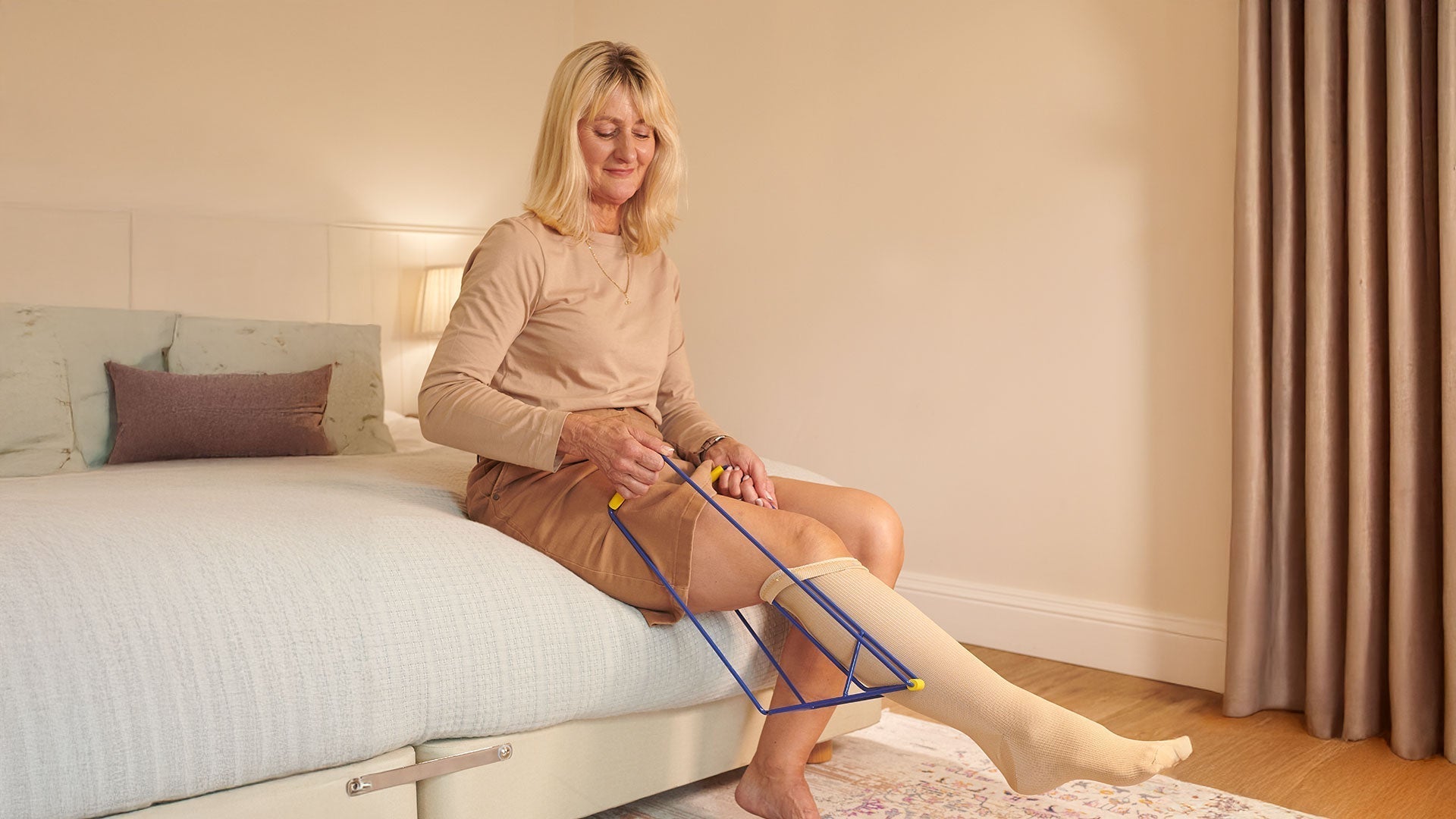
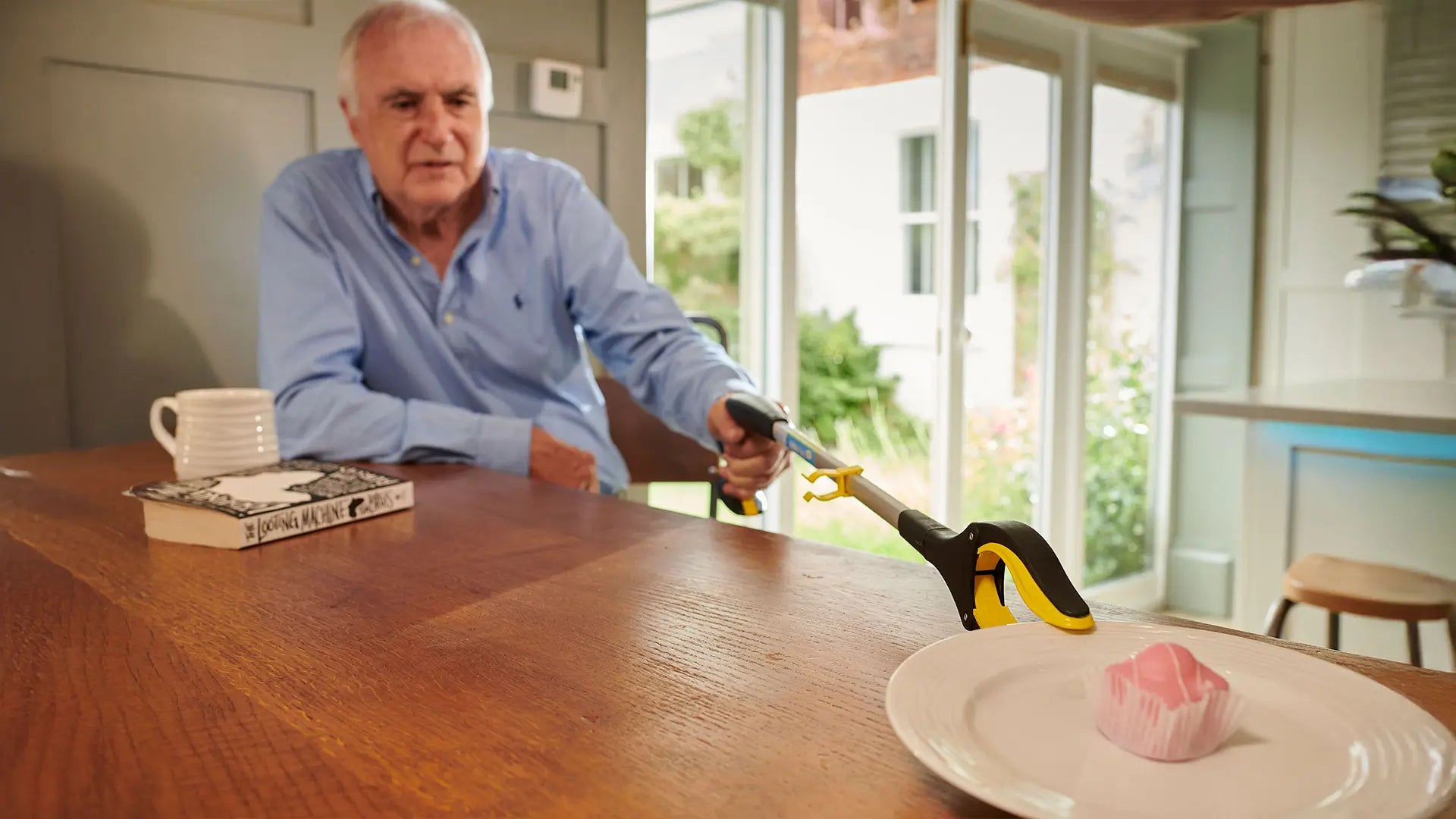
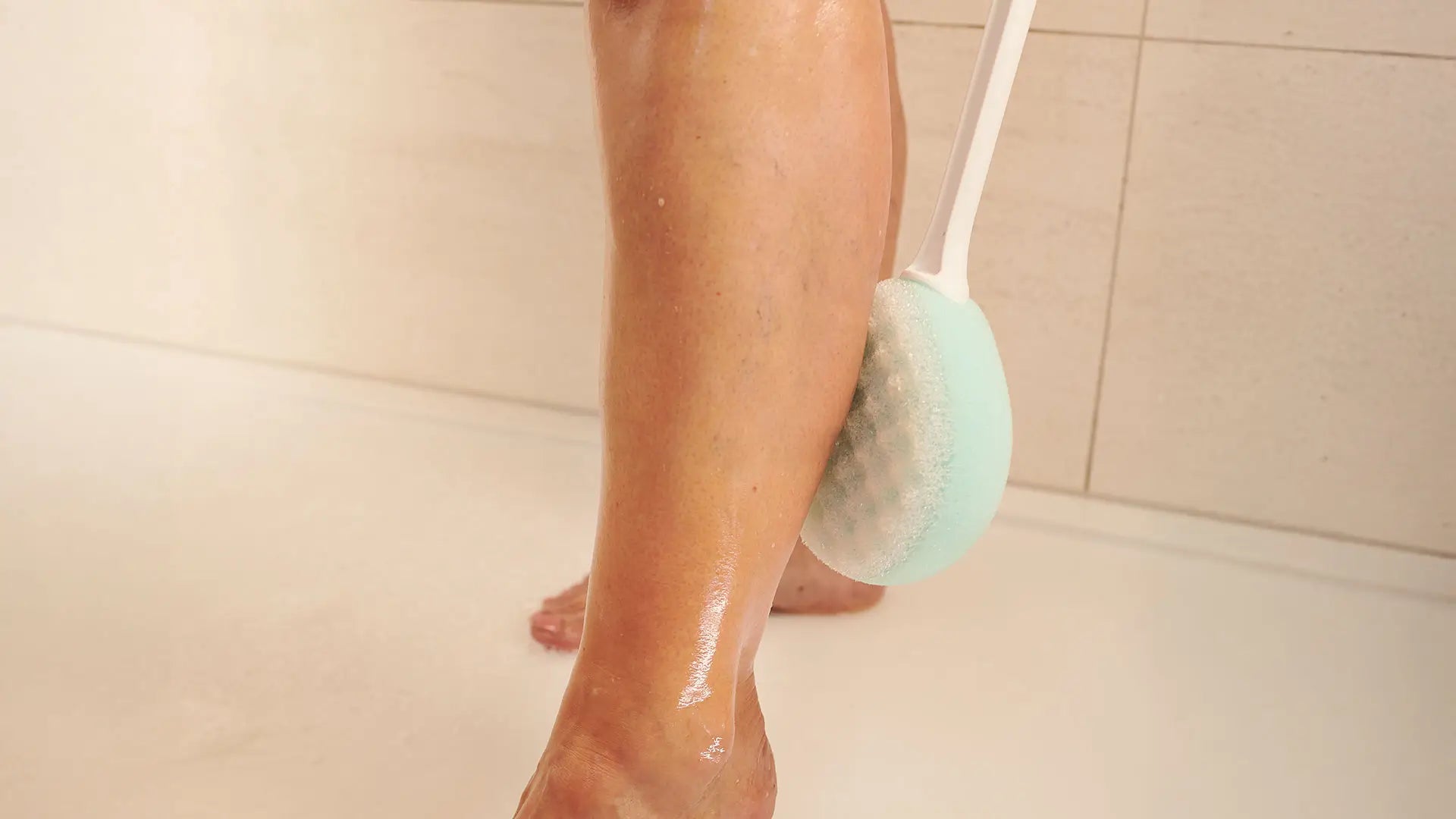
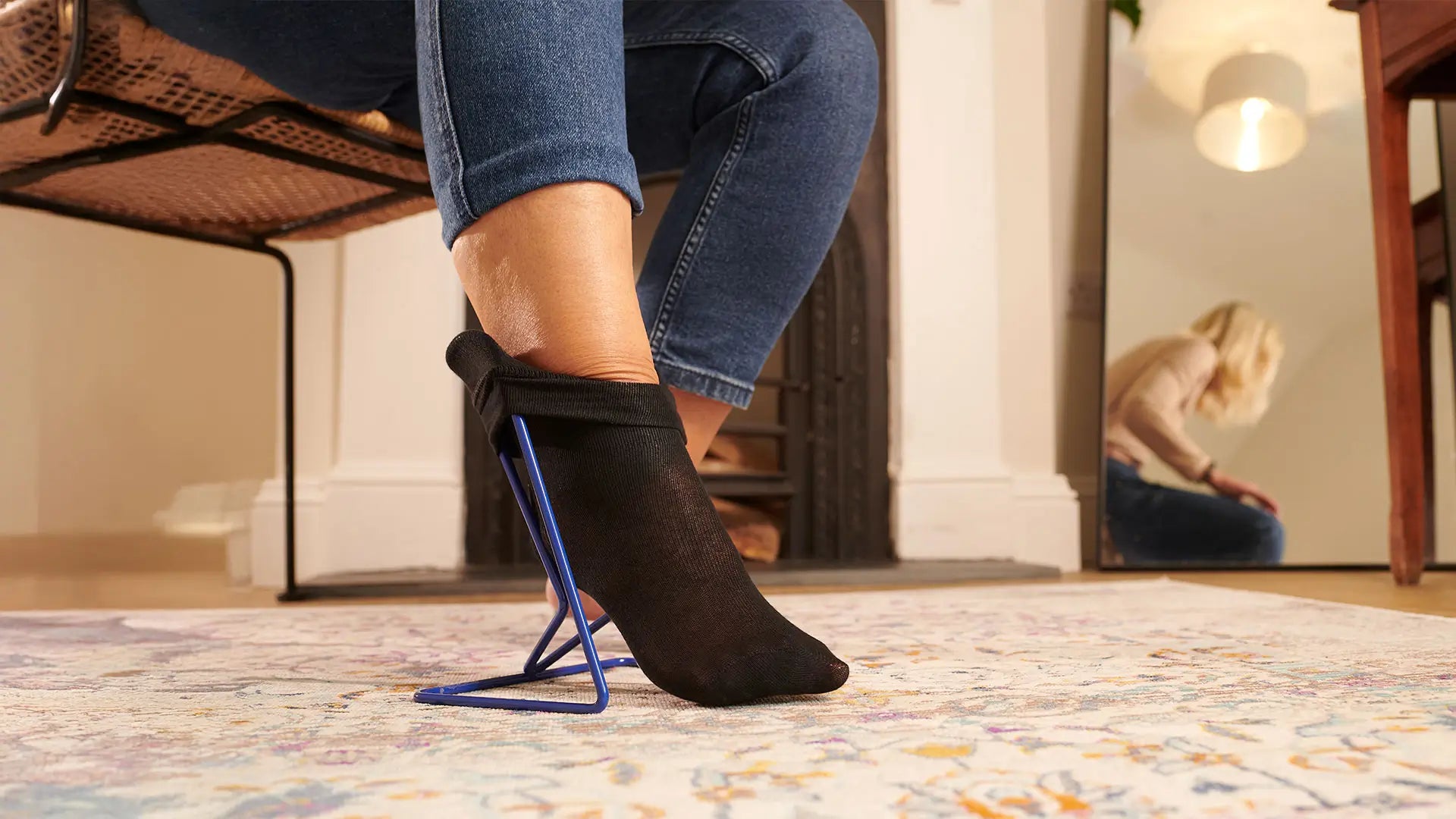
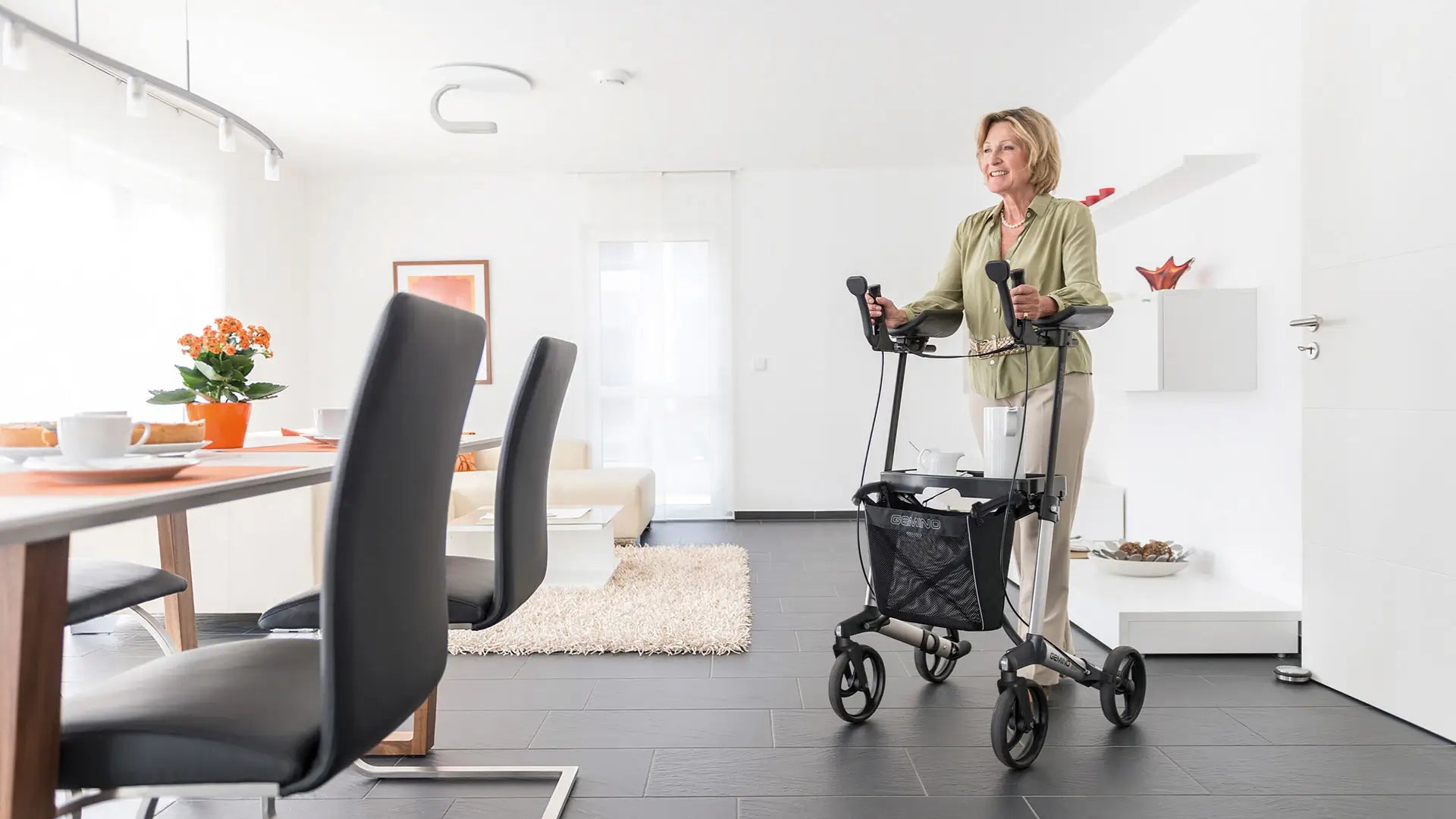
Share:
Keeping Safe & Cool in a Heatwave
The Challenges Caregivers Face